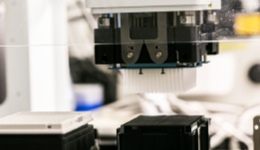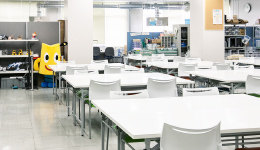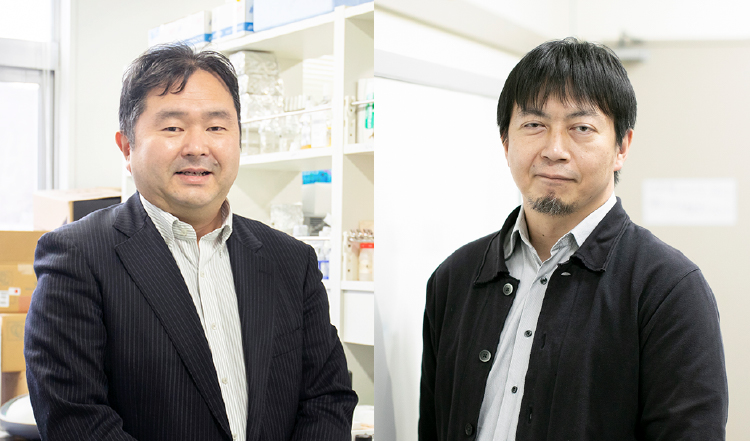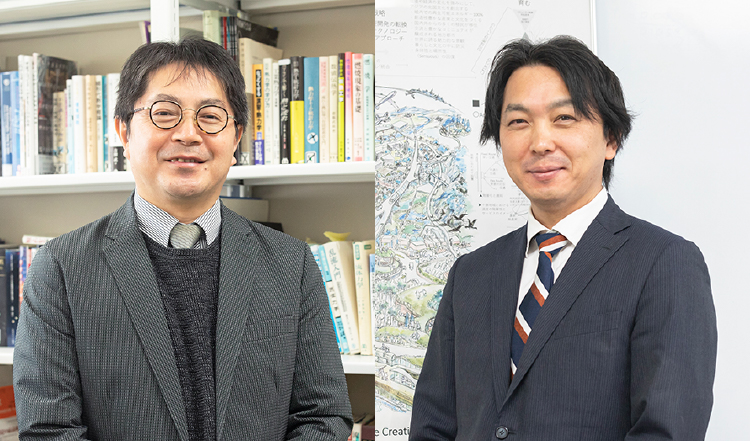Research Interview Special
"Materials and Recycling"
× "Muroran Institute of Technology"
Muroran City, known as a "town of manufacturing," is home to many steel, shipbuilding, machinery, and other manufacturing manufacturers and is one of the most important manufacturing bases in Hokkaido.
Muroran Institute of Technology is collaborating with various manufacturers to develop new materials and products that will support Japan in the 21st century.
Furthermore, we are also working to develop technologies and build systems related to energy conservation, which is expected to see increasing demand in the future.
This time, we spoke with two professors involved in research into materials and recycling.
MEMBER

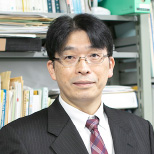
What kind of research do you mainly do?
Working across disciplines
Professor Shimizu: I am researching "wear-resistant materials." Wear is the phenomenon in which a metal surface wears away when it rubs against another metal. Metal wear occurs every time a gear inside a machine or a car's brakes start or stop, and when the part can no longer wear away, that part's life is over. Materials that are highly wear-resistant despite wear are called "wear-resistant materials." Extending the life of parts is extremely important in terms of improving cost-effectiveness, such as reducing the labor costs required for part replacement, and there is a daily demand for the development of new materials that are stronger than conventional materials.
In my laboratory, we develop new materials that meet the needs of companies, and also evaluate whether the new materials we develop meet safety standards and whether they can extend the lifespan of parts compared to conventional materials. We also work with companies to provide advice on part manufacturing.
In terms of research into recycling, we also provide technology related to ship recycling. Many ships are built in Japan, but dismantling is carried out overseas due to issues such as labor costs.
However, with the ratification of the Ship Recycling Convention, it will be necessary to return to domestic dismantling in the future. Ships are 98% recyclable, and compared to steelmaking from iron ore, they use about one-third of the energy, making them very high-quality steel, which also leads to cost reductions. Ship recycling is also an opportunity to reduce manufacturing costs in the domestic industry.
We established the NPO "Ship Recycle Muroran" and are working to establish a safe, environmentally friendly, advanced ship recycling system as well as developing materials for the equipment needed for dismantling.

Please tell us about your future plans.
Professor Shimizu: Manufacturing products using recyclable materials and extending their lifespan to reduce the energy needed for recycling will be a major challenge for Japan's manufacturing industry going forward.
Currently, the manufacturing sector is gradually changing in line with plans to reduce CO2 emissions by 2030. The steel industry in particular accounts for a very large proportion of CO2 emissions in Japan's industrial sector, at approximately 40%.
There is currently a movement to switch from the traditional steelmaking method using blast furnaces, which have high CO2 emissions, to steelmaking using hydrogen reduction and electric furnaces. However, because electric furnaces use large amounts of electricity, it is also necessary to work to secure power at the same time.
For this reason, it will be essential to collaborate not only with the mechanical engineering field, but also with the materials, electrical, and information engineering fields. I would like to tackle these issues with the entire Muro Institute of Technology, including my laboratory.
In what areas did you contribute?
Aiming for room-temperature superconductivity
Professor Momono: I am researching substances and materials that produce the "superconducting phenomenon," where electrical resistance becomes zero below a certain temperature. Superconductivity is currently used as the electrical wires of "ultra-strong electromagnets" used in medical MRIs and linear motors. Due to the property of having zero electrical resistance, superconducting materials are said to be the ultimate energy-saving material with no energy loss. For example, replacing power lines from power plants with superconducting wires can save about 5% of energy.
However, because expensive liquid helium is used to cool superconducting materials, the cost of using superconductivity is very high. For this reason, research is being conducted on "high-temperature superconducting materials" that have a superconducting transition temperature that is overwhelmingly higher than conventional materials and in which superconductivity occurs with liquid nitrogen, which is much cheaper than liquid helium.
My main research topic is high-temperature copper oxide superconductors, and high-quality single crystals are essential for this research. At our research facility, we produce high-quality single crystals using an infrared image furnace, a device that can synthesize materials at high temperatures of over 2000°C by concentrating light. The single crystals we produce are also provided as experimental samples to large research groups overseas, contributing to international collaborative research.
Recently, we provided the copper oxide single crystals we had produced to an international collaborative research project involving groups from Europe and the United States studying superconductivity under strong magnetic fields. This research led to new discoveries about copper oxide superconductors, and a paper summarizing the findings was published in the international academic journal Nature Physic in 2020.
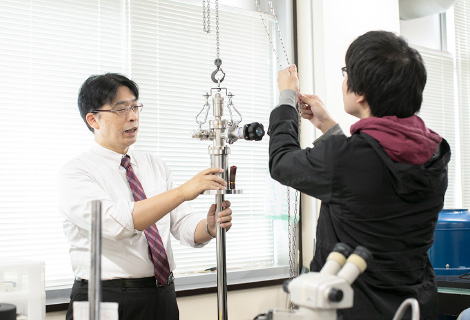
Please tell us about your future plans.
Professor Momono: To contribute to elucidating the mechanism behind the emergence of high-temperature superconductors.
Currently, the mechanism of high-temperature superconductivity in copper oxides has progressed quite far, but it has not yet been fully elucidated. Liquid nitrogen is less expensive than liquid helium, but the ultimate goal is to achieve "room-temperature superconductivity," which occurs without any effort at room temperature. In 2020, a material that exhibits superconductivity at room temperature was discovered, but there are still many challenges to overcome, such as the fact that it can only be achieved under ultra-high pressure.
Through my research into materials, I would like to contribute to the realization of room-temperature superconductivity at 1 atmosphere.
Tell us what you want.


